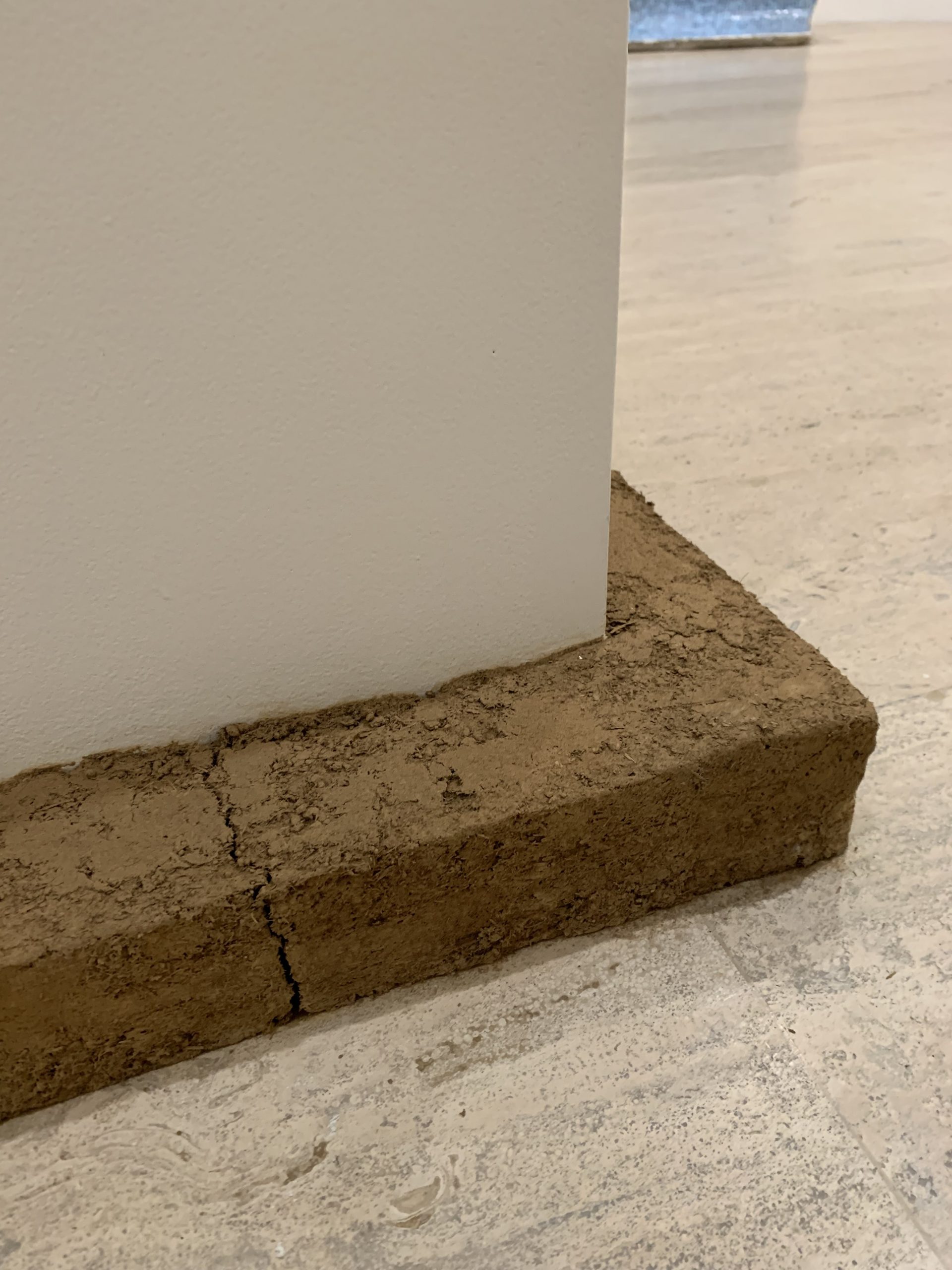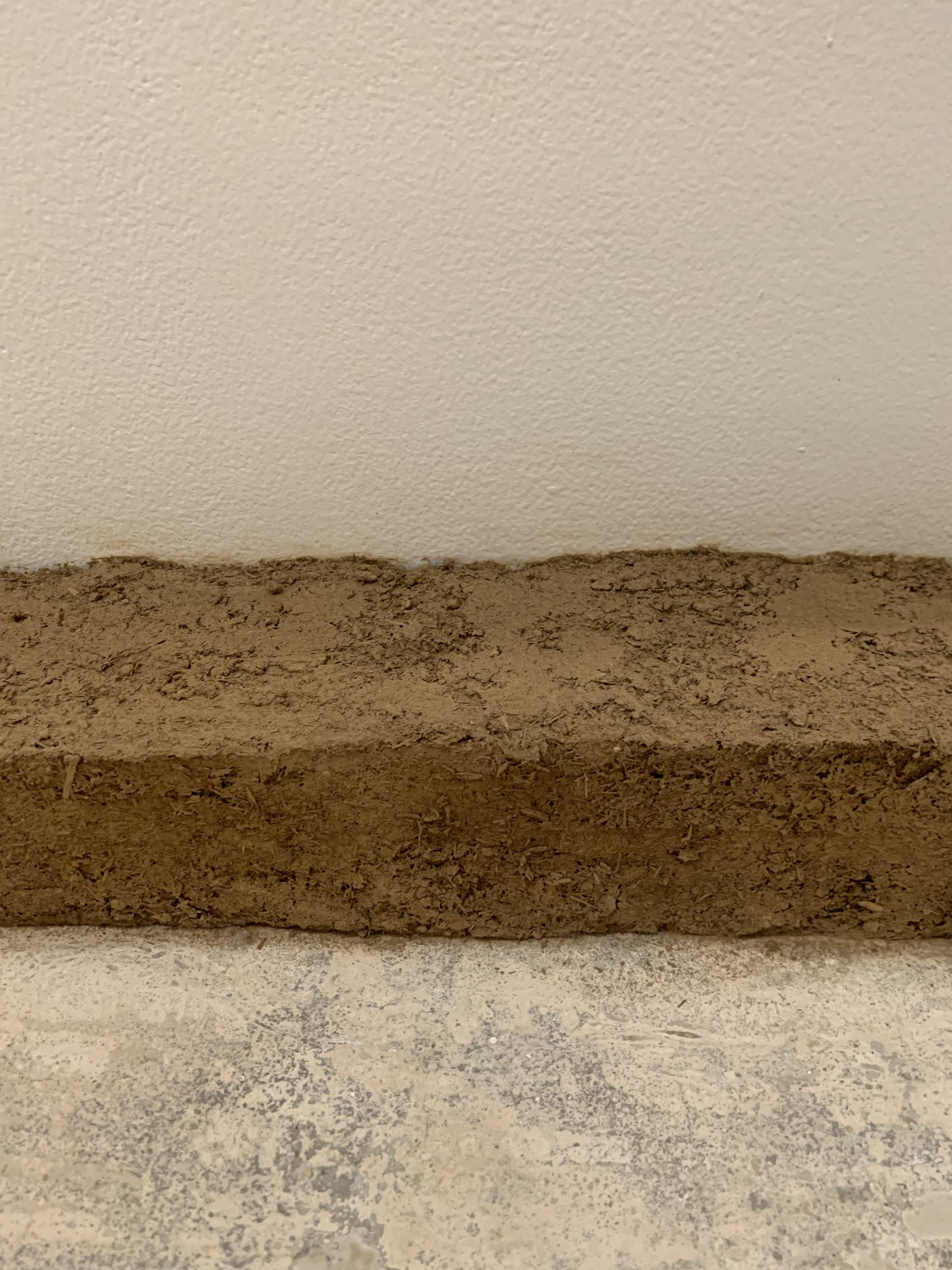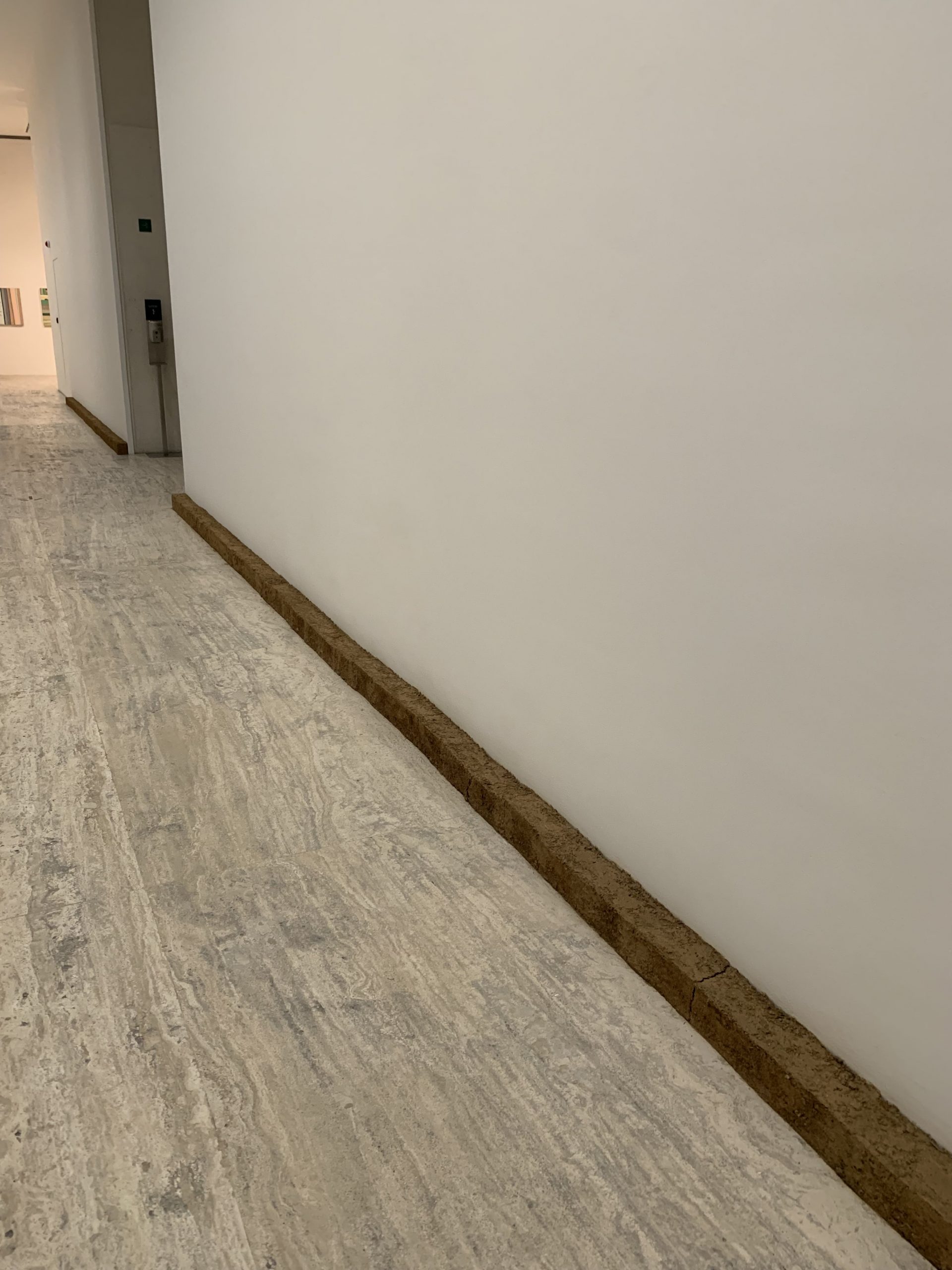19.12.2021
Jaime González Solís reflects on the controversy surrounding the work of Sofía Taboás at the Museo Jumex, and how this has been a starting point for rethinking the status and ontological boundaries of art.

The high points of this essentialist discussion shake the dynamics of the circulation of opinions around art and overflow the boundaries of their usual audiences. Discontents easily find reverberation and reproduce exponentially until they become a grievance of major proportions in the public sphere, among diverse populations and contexts. This stance replicates arguments that call into question the existence of forms of artistic production that, according to the public’s perception, “disguise themselves as art” and have the sole purpose of mocking anyone who comes across them.
Although this text does not intend to argue whether Táboas’ Línea térmica deserves –or does not– to be exhibited in a museum, it does turn the gaze on the phenomenon of public condemnation in the field of art and, with it, try to get some positive outcome from the the perspective of museum work. It’s worth noting that I can only articulate these opinions from my experience, which is marked by its configuration within an institution legitimized by the art system and in the heat of its daily dynamics.

From the institutions point of view, it could be considered that the valuation scheme that denies the historical genealogy of art and its forms of material experimentation, among other things, is difficult to approach from a concrete action. There is also the awareness that the search for some kind of dialogue with this opinion would fail when facing a collective position, which has among its fundamental principles not to listen in order not to be deceived. How to trigger interest in contemporary art in those who abhor it, is this something institutions can, or should, achieve, or, in contrast, is it more viable to focus its efforts on supporting a stable and specialized field that takes its conventions for granted?
It is not common, in discussions of cultural policy, to reflect on possible responses to this paradox. To a great extent it’s avoided because, by even considering doing so, one can easily fall into the dangerous place of enunciation that seeks to paternally “enlighten” those who do not have what it takes to appreciate art and reproduce evaluations of superiority and inferiority in the perplexities of the various audiences.
However, the recurring presence of this elephant in the room opens the possibility of venturing to remove the seal on pandora’s box to try out reflections in this regard. Although these are not conclusive, they are usually identified with the work of what has been called “audience building”. Is it worth asking how to share values and notions that are taken for granted to begin with, and how to do so if we do not want to predispose people to such results?
The interest in contemporary expressiveness usually comes from a gradual approach to its codes, similar to the process of learning a new board game. If you do not know its rules, it is not possible to design a strategy to keep up with the other players. Once you have assimilated its dynamics, you can predict moves, interact with the forces of chance and intuition to enter into a state of understanding, and even fun –although this is not always the case. If it’s the first time you play, achieving fluency in the development will depend on the ways in which you discover how it works, but this is only possible if you decide to pay careful attention and test a new logic of action and reaction.
Going back to the case of Sofía Táboas, it seems relevant to highlight, among the saturation of complaints, some comments that place instant invalidation into perspective. These suggest reading the piece, rather than as an individual object, within the framework of the artist’s other productions. Likewise, this perspective proposes to situate the reading of Línea térmica within the framework of the entire exhibition, which metaphorically addresses the transcendence of our experience as a species with respect to temperature changes and transitional spaces. This reflection is framed within the awareness of the planetary crisis of environmental collapse caused by climate change.

For some time now, the divisions between high and low culture have been in crisis, which is precisely one of the principles that allows for a broad spectrum of contemporary media. Also, this openness is intended to move away from an illusion of consensus in terms of aesthetic judgment, why should we all like the same thing? The lack of interest in delving into the experience of contemporary art is also a symptom of a structural condition that hinders experimentation with sensibility. In a context where the adversity of daily life is pressing, what priority can be given to experiencing a work that requires us to put ourselves in crisis in order to understand it? To what extent can we be aware of this and propose actions from there?
Comments
There are no coments available.